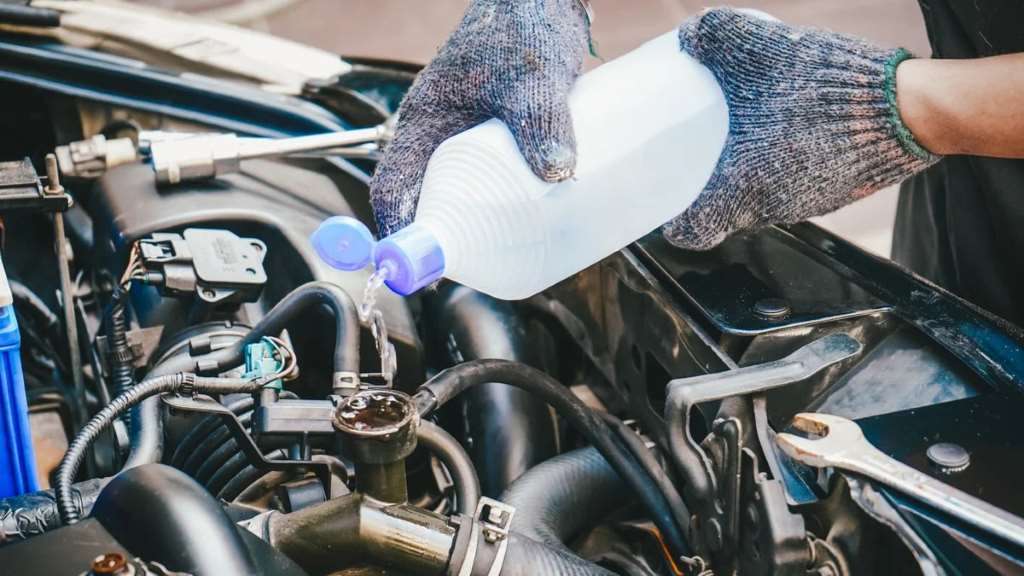What to Do if Your Car Overheats: Action Plan
A steaming hood, a rising temperature gauge, and a sudden sense of panic: an overheating car can turn an ordinary drive into a stressful situation. It’s a problem that catches many drivers off guard and, if not handled quickly, can lead to costly repairs or even permanent engine damage. But what should you do when your car starts overheating?
Drive UAE Tips are here to help. With a clear, step-by-step action plan, you’ll learn how to stay calm, address the issue, and prevent further damage to your vehicle.
Common Causes of Car Overheating
Car overheating doesn’t happen out of nowhere; it’s usually a sign of an underlying issue with the cooling system or engine.
Here are the most common causes:
- Low Coolant Levels: Insufficient coolant prevents the engine from cooling properly.
- Coolant Leaks: Leaks in the radiator, hoses, or water pump can cause the coolant to drop quickly.
- Malfunctioning Thermostat: A stuck thermostat can block the flow of coolant, causing the engine to overheat.
- Broken Radiator Fan: A non-working fan reduces airflow, preventing the radiator from cooling the engine.
- Damaged Water Pump: A failing water pump can’t circulate coolant effectively through the engine.
- Clogged Radiator: Dirt, debris, or rust can block the radiator, reducing its cooling efficiency.
- Faulty Belts or Hoses: Worn-out belts or cracked hoses can disrupt the cooling system.
- Extreme Weather Conditions: Very hot temperatures can put extra strain on your car’s cooling system.

Immediate Steps to Take When Your Car Overheats
When your car starts overheating, quick and careful action can help prevent severe engine damage. Follow these steps to handle the situation:
- Pull Over Safely: Move to the side of the road and stop as soon as it’s safe.
- Turn Off the Engine: Shut off the engine to allow it to cool down and avoid further overheating.
- Open the Hood Carefully: Open the hood to release heat, but avoid touching the radiator or engine components.
- Let It Cool Down: Wait at least 15-30 minutes before inspecting or adding coolant.
- Check Coolant Levels: If the engine is cool, check the coolant level and add more if needed.
- Look for Visible Issues: Inspect for leaks, broken hoses, or a damaged radiator.
- Restart Cautiously: Restart the engine and monitor the temperature gauge if you must drive to a repair shop.

Troubleshooting the Issue
Once your car has cooled down, identifying the problem can help you determine the next steps. Here are key troubleshooting tips:
- Check Coolant Levels: Ensure the coolant reservoir is filled to the appropriate level.
- Inspect for Leaks: Look under the car and around the radiator for signs of dripping or puddles.
- Examine the Radiator Cap: A loose or damaged cap can cause pressure loss, leading to overheating.
- Assess the Radiator and Hoses: Check for cracks, wear, or blockages in the radiator and hoses.
- Check the Fan Operation: Turn on the engine and confirm the radiator fan is running as expected.
- Monitor the Thermostat: A stuck thermostat can prevent coolant from flowing; look for temperature spikes.
- Inspect the Water Pump: Check for visible damage, unusual noises, or leaks around the pump.

Temporary Solutions to Get Back on the Road
If you’re stuck with an overheating car and need to reach a safe location or a repair shop, these temporary fixes can help minimize damage:
- Add Water to the Coolant Reservoir: If you’re out of coolant, add water as a short-term solution to keep the engine cool.
- Turn On the Heater: Running the heater can pull heat away from the engine and help cool it down.
- Drive Slowly and Avoid Traffic: Keep speeds low and avoid stop-and-go traffic to reduce engine strain.
- Turn Off the Air Conditioning: Turning off the AC reduces the load on the engine, helping it stay cooler.
- Avoid Overloading the Car: Remove unnecessary weight to reduce stress on the engine.

Preventative Measures to Avoid Overheating
Taking proactive steps to maintain your car can help prevent overheating and keep your engine running smoothly:
- Regularly Check Coolant Levels: Keep the coolant at the proper level and top it up as needed to ensure efficient cooling.
- Flush the Radiator: Have your radiator flushed every 2-3 years to remove buildup and maintain proper function.
- Inspect Hoses and Belts: Regularly check for cracks, leaks, or wear on hoses and belts, and replace them if necessary.
- Replace the Thermostat: Replace a faulty thermostat before it causes overheating issues.
- Maintain the Cooling Fan: Ensure the radiator fan is functioning properly, especially in hot weather.
- Check for Leaks: Inspect the cooling system for leaks, including the radiator, water pump, and hoses, and repair them immediately.
- Keep the Radiator Clean: Clear any dirt, leaves, or debris from the radiator to ensure proper airflow.
- Service the Water Pump: Regularly check the water pump for signs of wear or leaks, and replace it when necessary.
- Monitor Engine Temperature: Keep an eye on your car’s temperature gauge to catch any signs of overheating early.

When to Call a Professional Mechanic
If your car continues to overheat despite troubleshooting, or if you notice signs of significant damage like coolant leaks, strange noises, or smoke, it’s time to call a professional mechanic. A mechanic can accurately diagnose the issue, ensure safe repairs, and prevent further damage to your engine.
Conclusion
Dealing with an overheating car can be stressful, but knowing what steps to take can help you manage the situation and prevent costly damage. By staying calm, troubleshooting the issue, and taking preventative measures, you can keep your car running smoothly. If the problem persists, don’t hesitate to seek professional help to ensure your vehicle stays in top condition.

